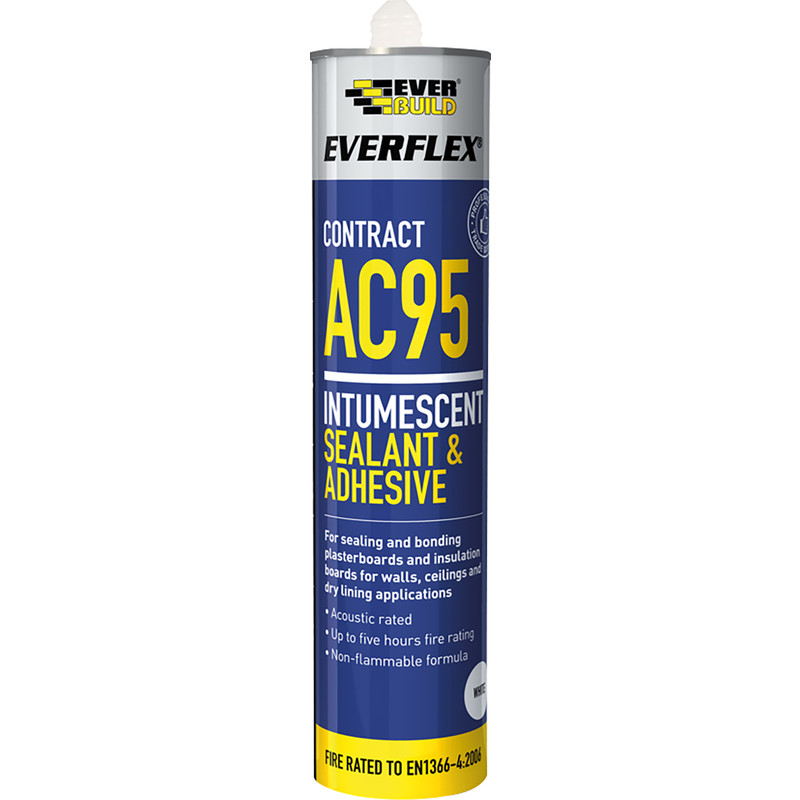The intent of Regulation 421.1.201 is considered to be, as far as is reasonably practicable, to contain any fire within the enclosure or cabinet and to minimise the escape of flames.
It is important for the installer to seal all openings into the enclosure or cabinet for cables, conduits, trunking or ducting that remain after the installation of cables - see Figure 6. The intent of the sealing is to ensure that, as far as is reasonably practicable, any fire is contained within the enclosure or cabinet and the escape of flames to the surroundings of the cabinet or enclosure or into conduits trunking or ducting is minimised, as intended by Regulation 421.1.201.
Good workmanship and proper materials must be used, and account must be taken of the manufacturer’s relevant instructions if any.










